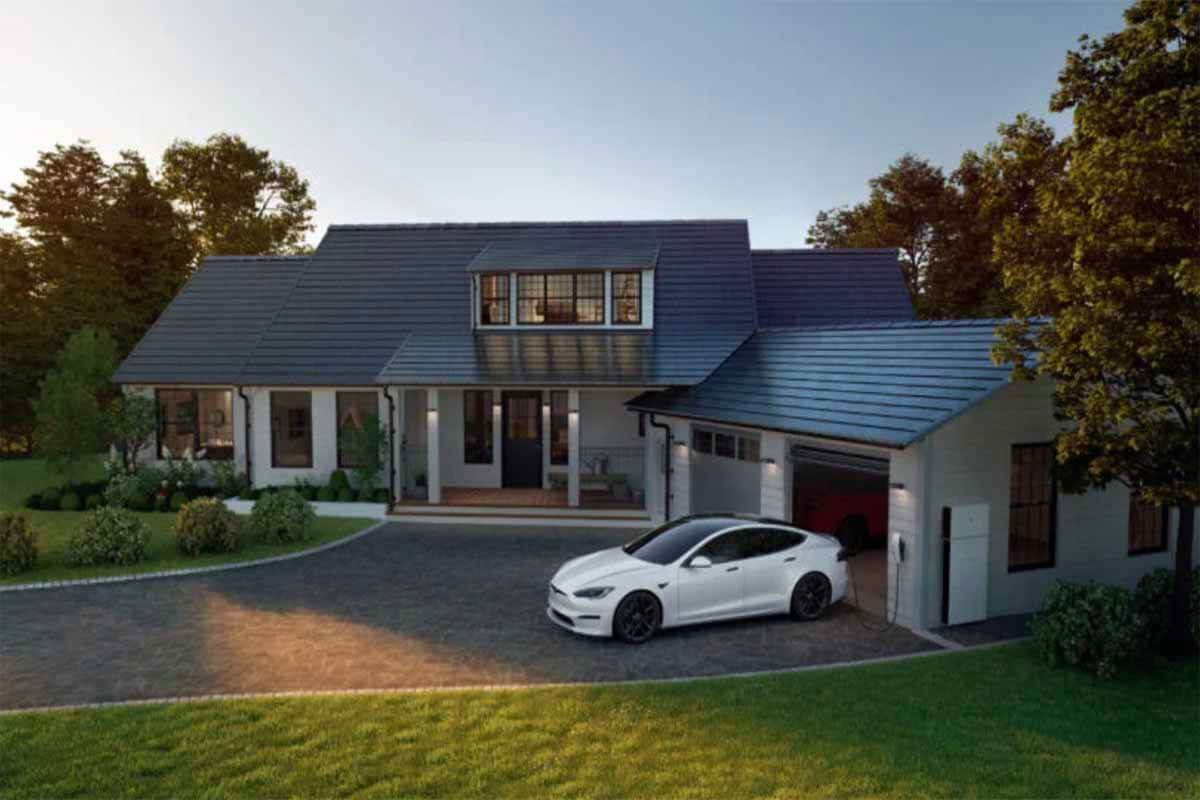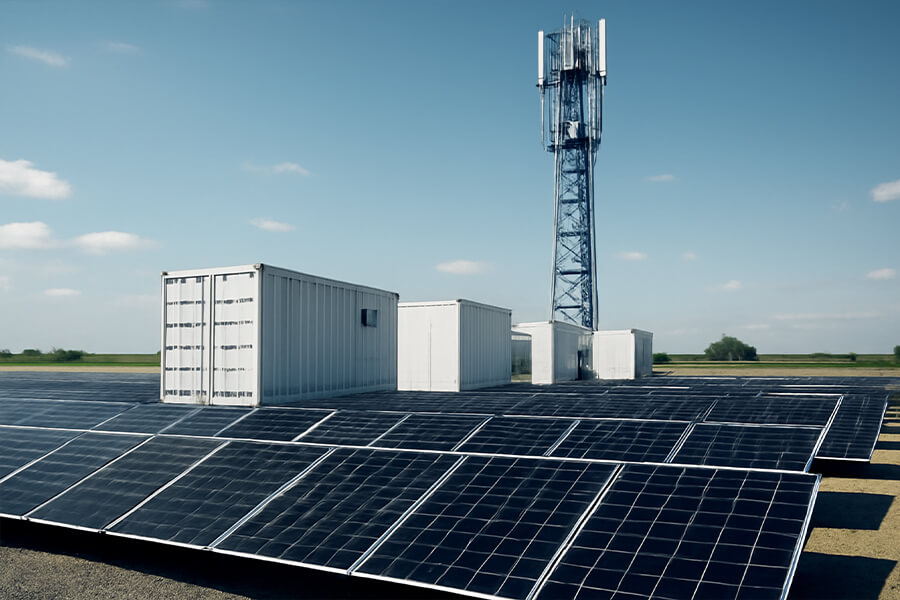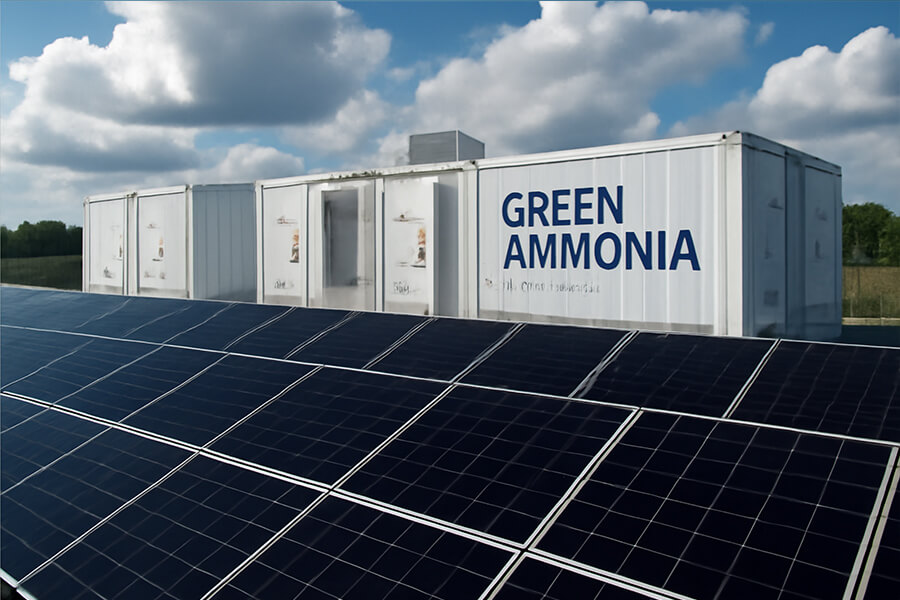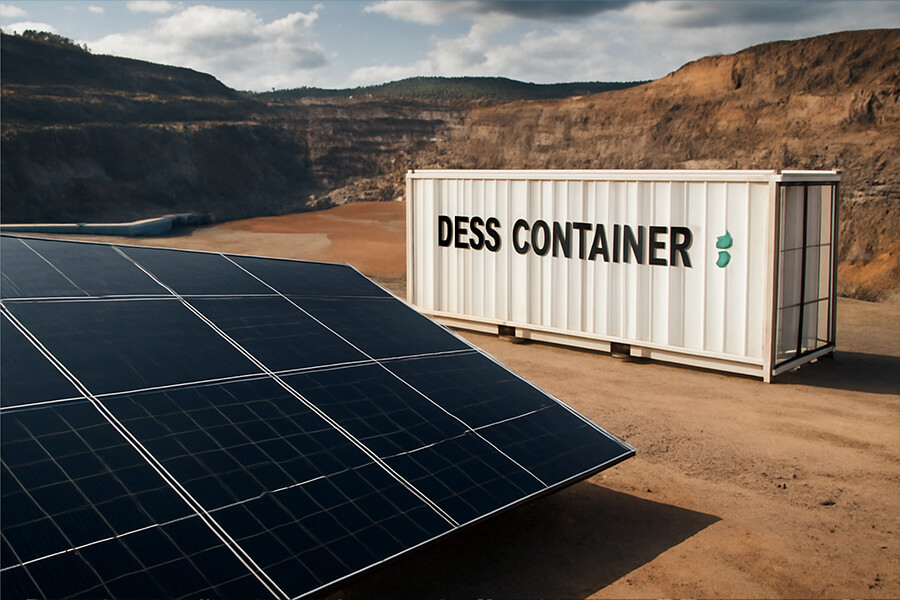In an era where sustainable living is at the forefront of our priorities, harnessing solar energy for home use has become a popular and environmentally conscious choice. A solar setup for home with battery storage not only reduces dependency on traditional energy sources but also provides a reliable and renewable energy solution. In this article, we will explore the key components, benefits, and considerations associated with a solar setup for home with battery storage.

Understanding the Components of a Solar Setup for Home with Battery
1. Solar Panels:
- The foundation of any solar setup is the solar panels. These panels, often mounted on the roof or in open spaces with maximum sunlight exposure, capture sunlight and convert it into direct current (DC) electricity.
2. Inverter:
- The DC electricity generated by solar panels needs to be converted into alternating current (AC) for use in homes. The inverter plays a crucial role in this conversion process, ensuring that the electricity is compatible with household appliances.
3. Battery Storage:
- One of the distinguishing features of a solar setup for home is the inclusion of battery storage. Batteries store excess energy generated during peak sunlight hours, allowing homeowners to use solar power even during cloudy days or at night.
4. Charge Controller:
- To prevent overcharging and ensure the longevity of the battery, a charge controller is integrated into the solar setup. This device regulates the flow of electricity from the solar panels to the battery, optimizing the charging process.
5. Monitoring System:
- A monitoring system provides real-time data on the performance of the solar setup. Homeowners can track energy production, consumption, and battery levels through a user-friendly interface, promoting efficient energy management.
Benefits of a Solar Setup for Home with Battery Storage

1. Energy Independence:
- A solar setup with battery storage allows homeowners to generate and store their own electricity. This independence from the grid not only provides peace of mind but also insulates households from energy price fluctuations.
2. Reduced Electricity Bills:
- By harnessing solar power, homeowners can significantly reduce their reliance on grid electricity. Excess energy generated during sunny days is stored in batteries, offsetting the need to draw power from the grid during peak hours.
3. Environmental Sustainability:
- Solar energy is a clean and renewable resource, contributing to a reduction in carbon emissions. By adopting a solar setup for home, individuals play an active role in promoting environmental sustainability and combating climate change.
4. Grid Resilience:
- In regions prone to power outages or grid failures, a solar setup with battery storage offers resilience. Homeowners can continue to power essential appliances even when grid electricity is unavailable.
5. Financial Incentives:
- Many governments and local authorities offer financial incentives, tax credits, or rebates to encourage the adoption of solar energy. Homeowners can take advantage of these incentives to make the initial investment in a solar setup more cost-effective.
Considerations for Installing a Solar Setup for Home with Battery
1. Energy Needs:
- Assess your household’s energy needs to determine the size and capacity of the solar setup required. Consider factors such as the number of occupants, energy-intensive appliances, and daily consumption patterns.
2. Available Sunlight:
- The efficiency of a solar setup is directly influenced by the amount of sunlight available in your location. Consider the local climate, seasonal variations, and shading obstacles that may impact solar panel performance.
3. Budget and Financing:
- Determine your budget for the solar setup and explore financing options. While the initial investment may seem substantial, the long-term savings on electricity bills and potential incentives can make it a financially sound decision.
4. Roof Suitability:
- Assess the suitability of your roof for solar panel installation. Factors such as roof orientation, angle, and structural integrity play a role in optimizing solar exposure and ensuring the longevity of the installation.
5. Local Regulations and Permits:
- Research local regulations and obtain necessary permits for installing a solar setup. Some regions may have specific guidelines regarding the size and placement of solar panels.
How to Choose the Right Solar Setup for Your Home
1. Evaluate Your Energy Consumption:
- Begin by understanding your household’s energy consumption patterns. Consider the wattage of your appliances, the number of occupants, and any future changes in energy needs.
2. Determine System Size:
- Based on your energy consumption evaluation, determine the size of the solar setup needed. Work with a solar professional to calculate the optimal capacity for your home.
3. Battery Capacity:
- Assess the battery capacity required to meet your energy storage needs. The battery should have sufficient capacity to store excess energy generated during sunny days for later use.
4. Quality of Components:
- Choose high-quality solar panels, inverters, batteries, and other components. Investing in reliable and durable equipment ensures the longevity and efficiency of your solar setup.
5. Professional Installation:
- While some DIY enthusiasts may consider installing a solar setup themselves, professional installation is recommended. Certified installers have the expertise to optimize the performance of the system and adhere to safety standards.
Popular Solar Setup with Battery Products
1. Tesla Powerwall:
- Tesla’s Powerwall is a widely recognized home battery storage solution. It seamlessly integrates with solar panels, providing a reliable and compact energy storage system.
2. LG Chem RESU:
- LG Chem’s RESU series offers high-performance lithium-ion batteries for residential solar setups. The compact design and scalability make it suitable for various home sizes.
3. Enphase Encharge:
- Enphase’s Encharge series is a modular battery storage solution that allows homeowners to scale their energy storage capacity as needed. The system integrates with Enphase microinverters for efficient energy conversion.
4. Sonnen Eco:
- Sonnen’s Eco series is known for its advanced energy management capabilities. The system optimizes energy usage, storage, and grid interaction for increased efficiency.
5. SMA Sunny Boy Storage:
- SMA’s Sunny Boy Storage is an inverter solution designed for residential solar setups with battery storage. It offers flexible system configurations and high efficiency.
Where to Find Solar Setup with Battery Products
Explore reputable solar retailers, energy companies, and certified installers in your area to find high-quality solar setup with battery products. Additionally, major manufacturers such as Tesla, LG Chem, Enphase, Sonnen, and SMA often collaborate with authorized distributors and installers.
Final Thoughts
Embracing a solar setup for home with battery storage is a significant step toward a sustainable and energy-efficient lifestyle. By harnessing the power of the sun and storing excess energy for later use, homeowners not only reduce their environmental impact but also gain
energy independence and potential cost savings. Consider the unique needs of your home, explore quality products, and partner with professionals to embark on a solar journey that transforms your residence into a beacon of clean energy.




